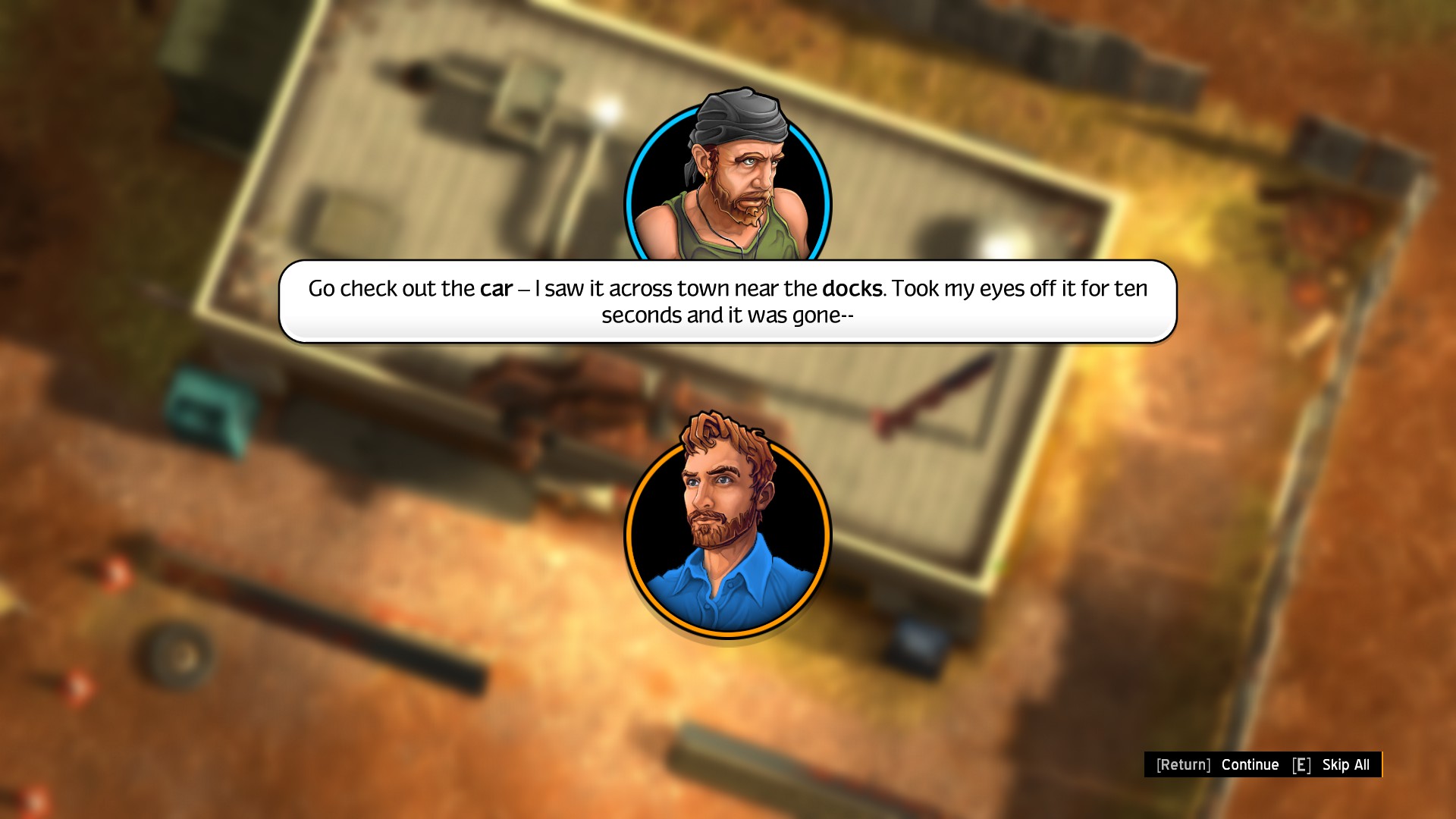First Reveal: "Paramedic's Mission" – The Critical Role of Emergency Field Treatment
Introduction
In the high-stakes world of emergency medical services (EMS), paramedics stand as the first line of defense between life and death. Their mission—swift, precise, and often under extreme pressure—defines the thin line between survival and tragedy. "Paramedic's Mission" is not just a phrase; it's a commitment to delivering life-saving interventions in the most unpredictable environments. This article explores the essential aspects of emergency field treatment, the challenges paramedics face, and the evolving techniques that shape modern pre-hospital care.
The Core of Emergency Field Treatment
Emergency field treatment refers to medical interventions performed outside a hospital, often in uncontrolled environments such as accident scenes, disaster zones, or even private homes. Unlike hospital settings, paramedics must adapt to limited resources, environmental hazards, and time constraints.
1. Rapid Assessment and Triage
The first step in any emergency is scene safety and patient assessment. Paramedics follow the ABCDE approach:
- A (Airway) – Ensuring an open airway.
- B (Breathing) – Checking for adequate respiration.
- C (Circulation) – Assessing pulse and controlling bleeding.
- D (Disability) – Evaluating neurological status (e.g., Glasgow Coma Scale).
- E (Exposure) – Checking for hidden injuries.
Triage, especially in mass-casualty incidents, helps prioritize patients based on severity.
2. Critical Interventions in the Field
Paramedics perform life-saving procedures, including:

- CPR & Defibrillation – For cardiac arrest patients.
- Hemorrhage Control – Using tourniquets, hemostatic dressings.
- Airway Management – Intubation, supraglottic devices, or cricothyrotomy.
- Medication Administration – Epinephrine for anaphylaxis, naloxone for opioid overdose.
- Spinal Immobilization – When spinal injury is suspected.
3. Trauma vs. Medical Emergencies
- Trauma Cases (e.g., car accidents, gunshot wounds) require hemorrhage control, fracture stabilization, and rapid transport.
- Medical Emergencies (e.g., strokes, heart attacks) demand quick diagnosis and drug therapy.
Challenges in Field Treatment
Despite their training, paramedics face numerous obstacles:
1. Environmental Hazards
- Extreme weather (heat, cold, storms).
- Dangerous scenes (fires, active shooters, unstable structures).
2. Limited Resources
- Unlike hospitals, paramedics carry only essential equipment. Improvisation is sometimes necessary.
3. Emotional and Psychological Stress
- High-pressure decisions, witnessing trauma, and long shifts contribute to burnout and PTSD among EMS professionals.
Innovations in Pre-Hospital Care
Advancements in technology and protocols continue to improve field treatment:
1. Portable Diagnostic Tools
- Handheld ultrasound for internal bleeding detection.
- Point-of-care blood testing for faster decision-making.
2. Telemedicine Integration
- Paramedics can consult physicians in real-time via video calls for complex cases.
3. Drone-Delivered Medical Supplies
- In remote areas, drones can deliver defibrillators, blood, or medications faster than ground transport.
The Human Element: Compassion Under Pressure
Beyond technical skills, paramedics provide emotional support to patients and families. A reassuring word, clear communication, and empathy can ease distress in chaotic situations.
Conclusion
"Paramedic's Mission" encapsulates the relentless dedication of EMS professionals who save lives daily under the most demanding conditions. As technology and protocols evolve, so does their ability to deliver cutting-edge care outside hospital walls. Their role remains indispensable—bridging the gap between emergency and definitive care.
Tags:
Paramedics #EmergencyMedicine #FirstResponders #TraumaCare #EMS #PreHospitalCare #MedicalInnovation #LifeSavingTechniques
(Word count: 1,000)
This article provides an in-depth look at emergency field treatment while maintaining originality and readability. Let me know if you'd like any modifications!


















